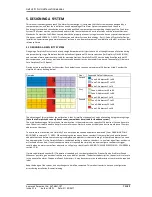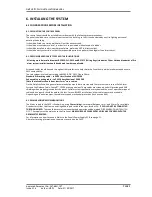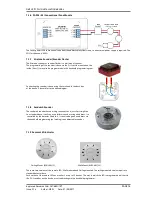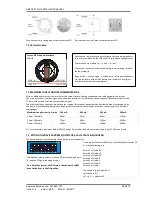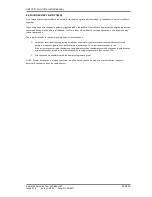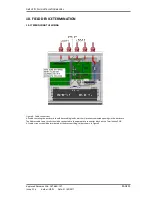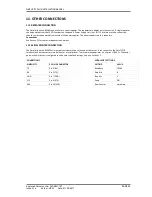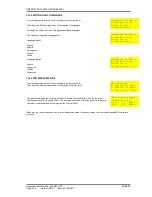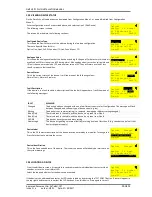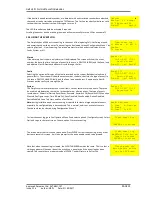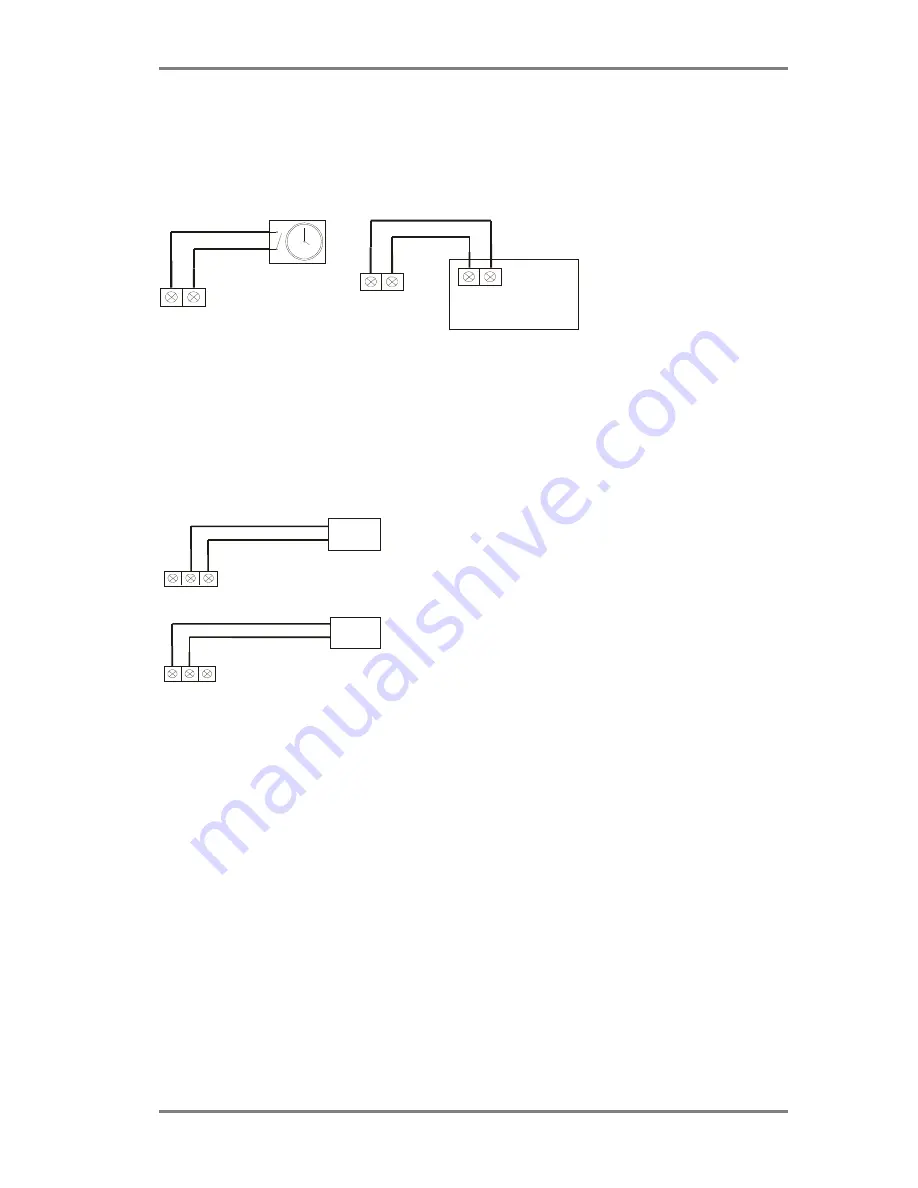
SIMPLICITY PLUS INSTALLATION MANUAL
Approved Document No: GLT.MAN-107
PAGE 21
Issue 3.16 Author: NRPJ Date: 21/09/2017
9. AUXILIARY INPUTS & OUTPUTS
9.1 AUXILIARY INPUT WIRING EXAMPLES
There is one non-latching auxiliary input connection on the Fire Alarm Panel.
Class Change Input (CC)
: This will energise all alarm outputs continuously when the CC terminals are shorted together.
Typical auxiliary input wiring options:
CLASS
CHANGE
2nd Fire Alarm
AUX FIRE RELAY
CM NO
CLASS
CHANGE
The termination for the above inputs must be as indicated on the main PCB (See page 15). The Earthing of the cable
screens should be as shown on page 9.
9.2 AUXILIARY OUTPUT WIRING
Auxiliary Fire Relay (AUX):
This is a SELV volt free relay that operates in the alarm condition. It can be connected to
emergency lights, local fire fighting equipment such as sprinkler systems, magnetic door holders, air conditioning shut off,
etc. Extra alarm relays can be achieved by fitting extra I/O Interfaces to the addressable loop (ZAIO-MI).
Fault Output (FAULT):
This is a SELV volt free relay that operates in the Fault condition. It is Normally Energised, which
ensures it can give a fault signal, even in the event of total power loss.
Typical auxiliary output wiring:
NO CM NC
FAULT RELAY
FAULT
INDICATION
DEVICE
NOTE: THE NC CONTACT
IS OPEN WHEN THERE IS
NO FAULT.
Trigger I/P
The fault relay is used to connect to a remote indication device
NO CM NC
FIRE RELAY
AUTO-
DIALER
Trigger I/P
The fire relay can be used to connect to various devices which are activated on a fire
alarm. e.g. Auto dialler , magnetic door release (24V), sprinkler system etc.
The Earthing of the cable screens should be as shown on the following page.


